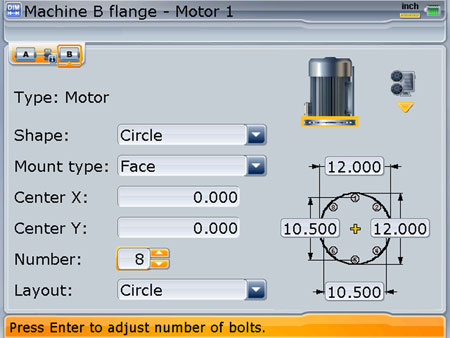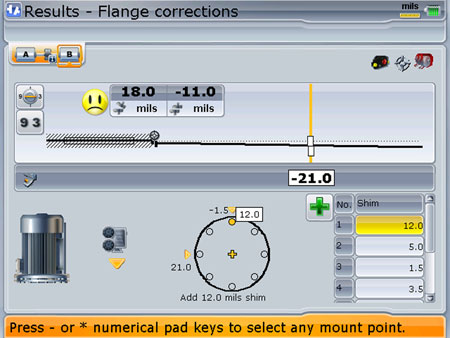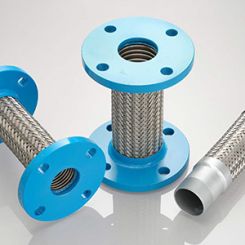Vertical pumps are a popular choice in the water industry because they provide many advantages. A vertical pump typically uses one-quarter of the floor space of a motor-driven horizontal pump. The driver is off the floor and less prone to flood damage. Since impellers are always submerged, they are self-priming and can start at full capacity.
Vertical pumps are designed to be "self-aligning" due to the rabbet fit between pump and driver, thus eliminating the need for precision shaft alignment. Notwithstanding these advantages, this article will focus on the need for alignment of vertical pumps.
Many assume that since the pump and driver have a rabbet fit that there is no misalignment. This is theoretically correct, since the excellent machining of the mating surfaces supposedly guarantees it. In practice, however, this is most often not true. Misalignment occurs on this type of drive as often as on horizontally mounted drive systems (Shaft Alignment Handbook, 3rd Edition, John Piotrowski, pg. 678).
Aligning this equipment to precision alignment tolerances will produce the same benefits that have long been proven to occur with horizontal drive machines, such as extended equipment life, increased efficiency and reduced vibration levels. With today's modern laser alignment systems, the process is greatly expedited, producing even greater savings through reduced labor costs
Consider the following when implementing an alignment program for vertical pumps.
Alignment Program Considerations
First, what technology will you use? Dial indicators have been a tried and true method alignment method for many years but have a steep learning curve and can be tedious under the best circumstances. Typical dial indicators have a resolution of .0001 in, but some modern laser alignment systems have 1 micron resolution. This resolution makes them extremely accurate while greatly simplifying and speeding up the precision alignment process with easy-to-understand graphical results and instructions that guide the user through the alignment process. They also provide reporting and documentation capabilities.

Figure 1. Motor flange setup screen from a laser tool for a vertical pump alignment application.

Figure 2. Results screen with shim corrections for flange bolt locations from a laser tool.
|

